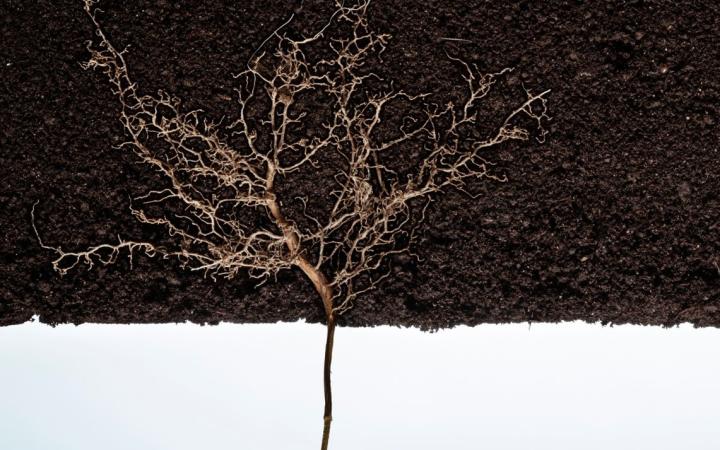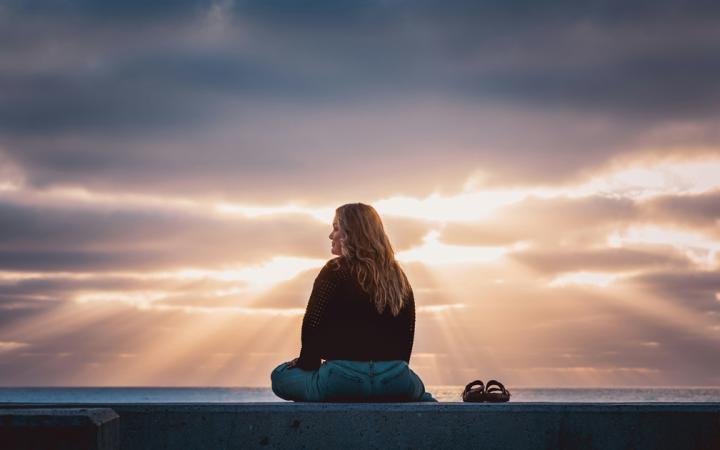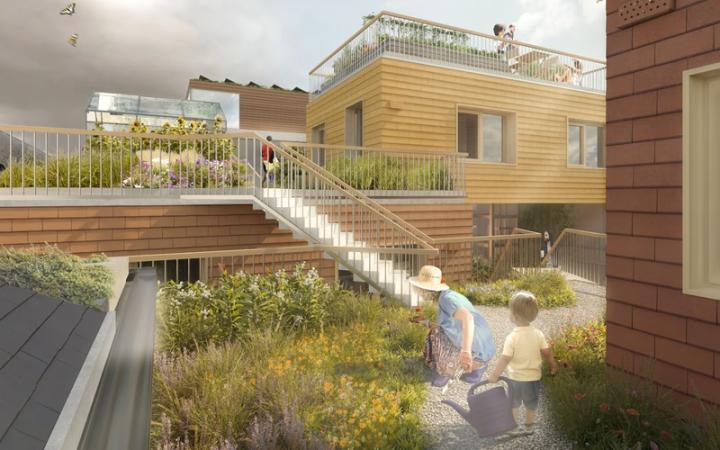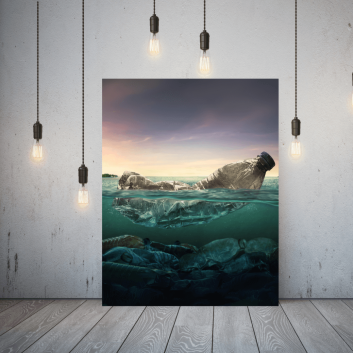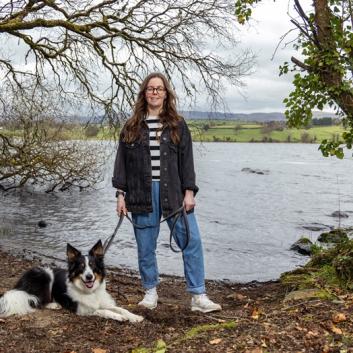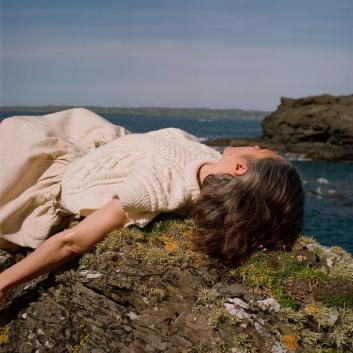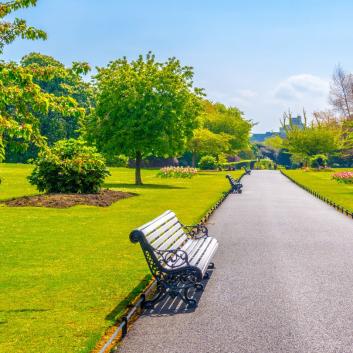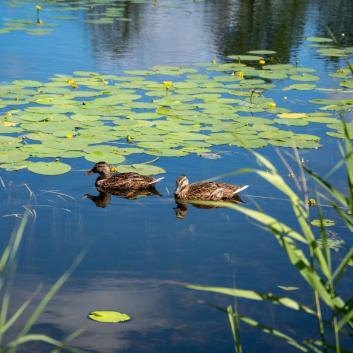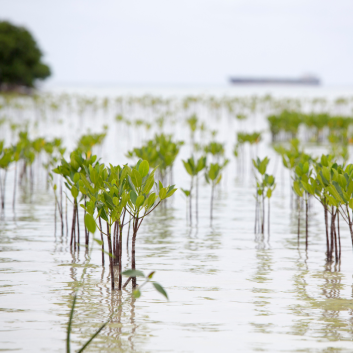Placing biodiversity at the heart of urban development in Dublin
The latest `Urban Adaptation in Europe` report published by the European Environment Agency warns that the average temperatures across Europe are rising faster than the global average, and cities are feeling the impacts of climate change more regularly and more severely.
The report stresses that the need for adaptation coupled with raising public awareness has never been more urgent and identifies nature as a formidable ally on both fronts.
Dublin is no exception to most European capitals that must fight the climate crisis on multiple levels.
Dublin City Council (DCC) has been developing a project in the past year that aims to embrace a holistic approach to creating more liveable public spaces, protecting cultural heritage, and enhancing urban green areas.
"We are working on bringing a Biodiversity Education Centre to life at the Liffey Vale on a two hectares site that involves reconstructing a Georgian townhouse and connected lands situated on the banks of the Liffey River close to Chapelizod Road,” shares Donncha Ó Dúlaing, Senior Executive Officer at DCC.
Uncared for over twenty years, the damaged house and overgrown land are not exactly attractive in their current state, but with a well-planned design, the site will be turned into a multi-purpose space to revive wildlife and provide a place for locals and visitors to experience nature.

“It is a very special location where you would find a range of habitats from forestry to wetlands and the remains of an old orchard, so we have a great potential to restore it into a rich biodiverse green space nestled in an urban environment. It even inspired to add Cois Abhann when naming the Biodiversity Centre, which means close to the river."
The decision to transform this land into a Biodiversity Centre is based on thorough preparation that included surveys, considerations of proposals, and discussions with local communities and wider stakeholders, says Donncha.

To lead by example, the site's reconstruction and development will also promote sustainable practices by using reclaimed building materials and implementing water management systems and renewable energy sources.
The building will retain traces of historic features so the house will be positioned to tell stories as well as provide the setting for stories to be told with additional spaces for interactive sessions and classrooms, a small cafe and public restrooms.
Educational activities will focus on bringing nature closer to visitors besides making sustainability and climate action more tangible as they can be more abstract and hard to grasp.
The outdoor areas will be designed to facilitate experiential learning through rewilding the area and rehabilitating some of the original orchards while enhancing the overall level of biodiversity with species that are typically found on sites like this.
Donncha shares what makes this a unique opportunity to enhance the quality of life in the city besides enriching biodiversity:
“Here, you will have that sense of being in the city but you can find yourself in a completely different world, surrounded by nature, tuning in to the trickling sound of water with birdsong, getting some countryside vibes.”

Careful planning and implementation will be carried out over the years with ongoing monitoring so we can demonstrate woodlands and wetlands with native birds, pollinators, and others.”
Parts of the site will be left untouched so the rewilding process can also be studied.
Donncha explains:
“We don`t want to overdevelop or over-cultivate the site. Instead, we aim to embrace its characteristics and transform it into the best version of itself while giving space for nature to recover.”
He adds that they also plan to carry out science-driven recultivation to eliminate invasive species, such as Japanese knotweed. Clearing out the site will probably take years, but learnings can be shared and adopted by others to address similar situations effectively.
The centre will strive to build strong relationships with schools and communities in this part of the city, including colleges and provide space and activities for practical lessons on sustainability, natural science and other related areas.
“Our intention is to link in with these communities as much as we can and also to attract people living nearby and visitors to Phoenix Park.”


